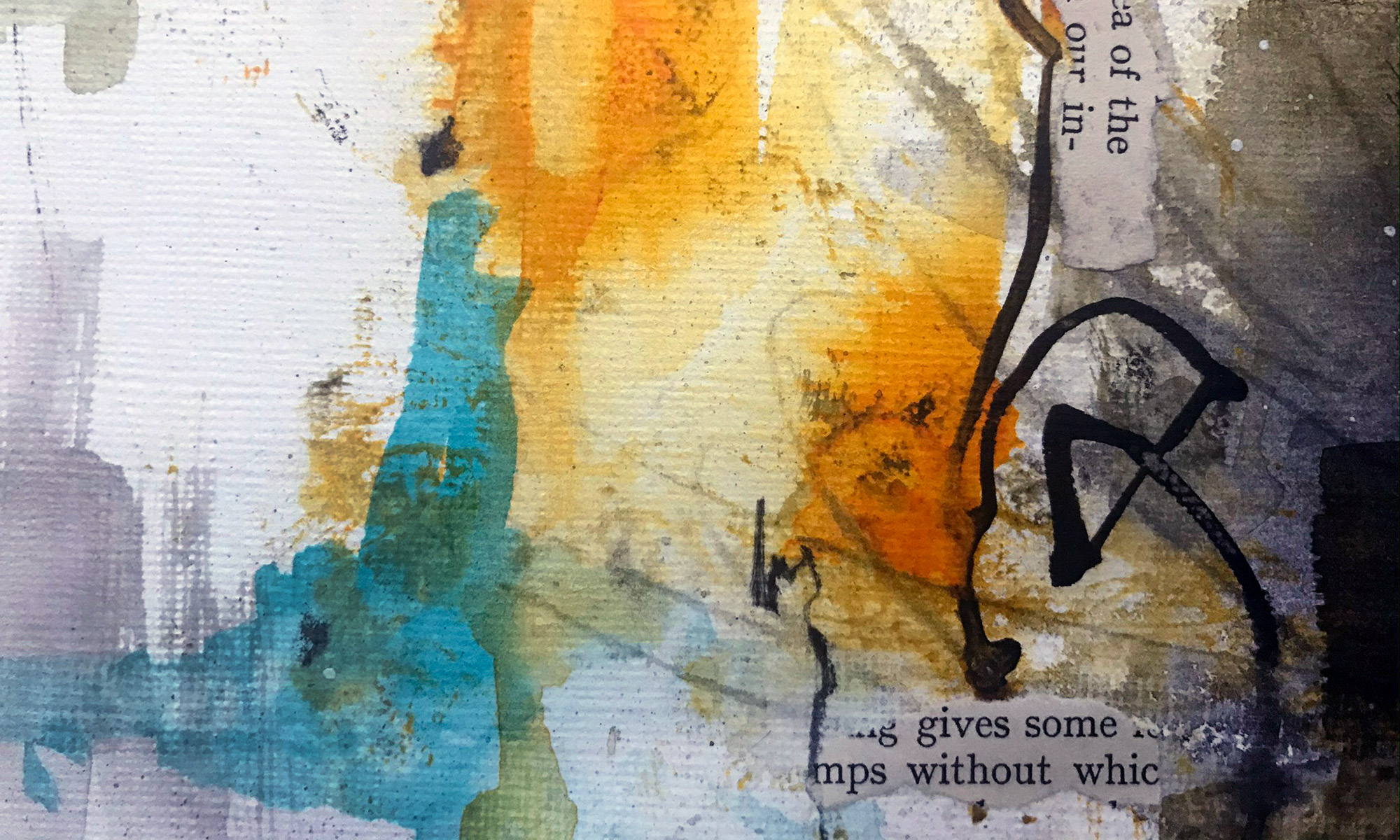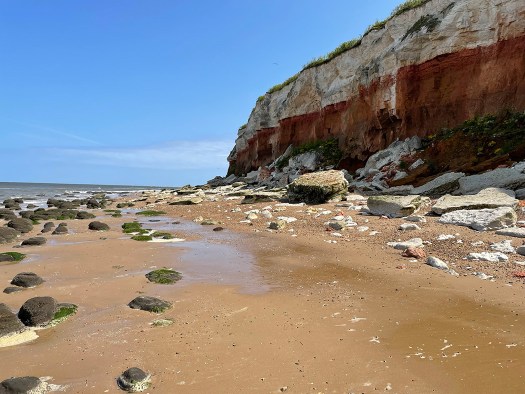At our last studio, we inherited the use of a lovely old printing press, but when we moved we had to leave it behind.

When we moved to our new studio we decided we’d like to get our own printing press. So we asked fellow printmakers for advice and we were directed towards Ironbridge Printmakers, based in Shropshire. They are a family-run business and have been building their own range of printing presses since 1980.
We chose their Little Thumper press as we don’t often print larger than A4 plus our studio isn’t that spacious. They would have delivered the press to us but we decided to visit Ironbridge to collect it.
We hadn’t been to Ironbridge before – it was so lush and beautiful…

At the printmakers we had booked an intro workshop to learn how best to set up the press for lino, intaglio and collagraph printing. Thank you Jenny, we learned so much!

The press dismantled into a several smaller pieces and easily fitted into the car for the journey home.


























